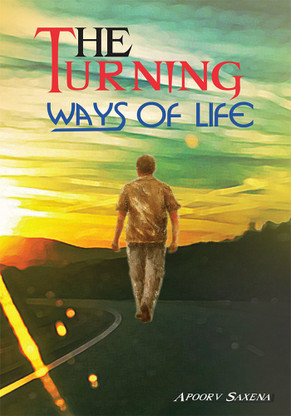

If we were to use intentional communities as a gauge of social discontent, then the multiple pressures of housing, lack of community, an ageing society and, of course, climate change would be central to this feeling. In the UK alone there are around 300 listed (and many more that are not), with new communities springing up every year. It is difficult to estimate the number of intentional communities worldwide, but they are certainly in the thousands. On the farm at Canon Frome Court, May 2020. Together, the community grows much of its own food and keeps cows, sheep and chickens. For example, Canon Frome Court collectively manages a 40-acre organic farm in Herefordshire. Many of these communities failed, but some still function successfully today, often in their original form. Such groups bought up rural property, often with land, and attempted a “back to the land” lifestyle informed by ideas of self-sufficiency. There is some evidence that intentional communities are formed as responses to the concerns of society at any given time.īack in the 1970s, many new communities were formed as a backlash to mass urbanisation and industrialisation. It may be that some of the ideas being tested in these communities can create the blueprints for the towns and cities of tomorrow. But for some, the solution is to be found in communal living and intentional communities.

There is no single solution, and we will need to look at all aspects of our lives, from the way we consume to day-to-day practices. Many people are looking for antidotes to ever-increasing consumption and feelings of social isolation.


 0 kommentar(er)
0 kommentar(er)
